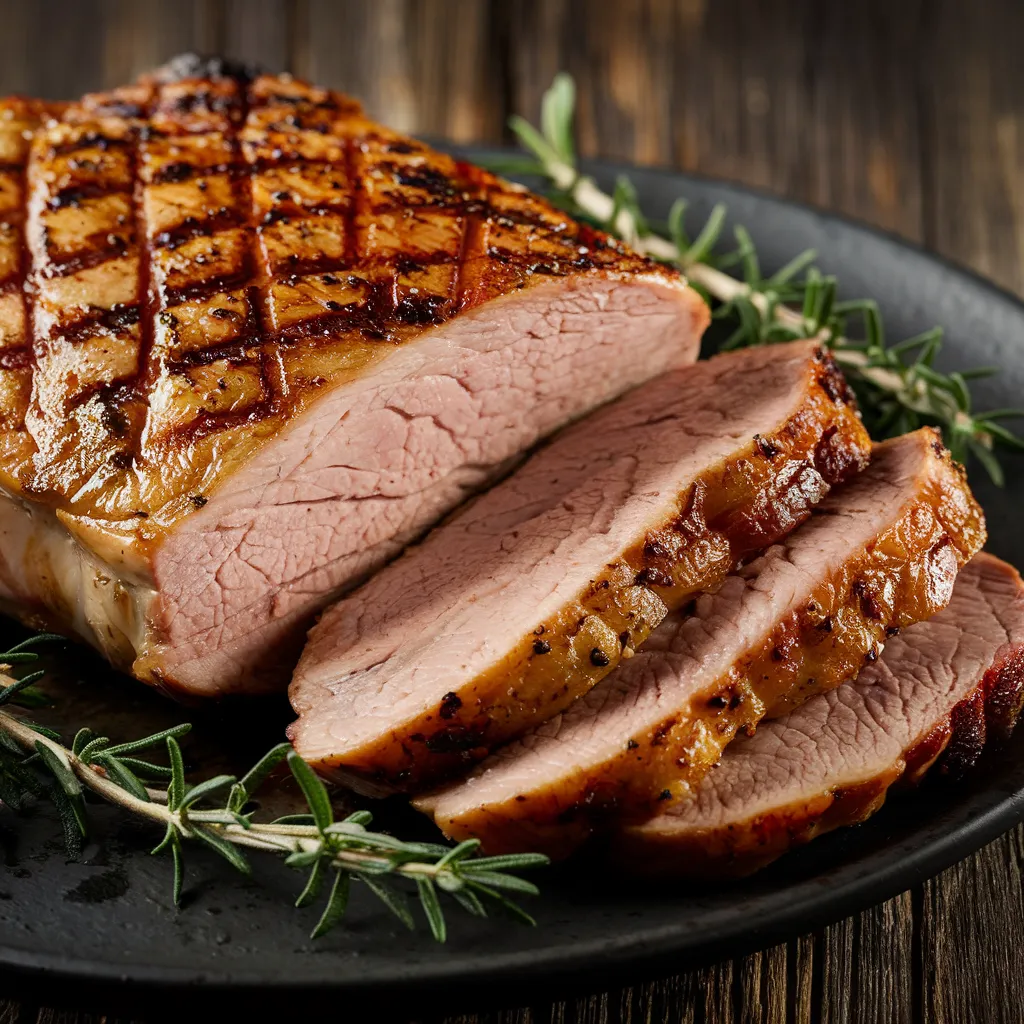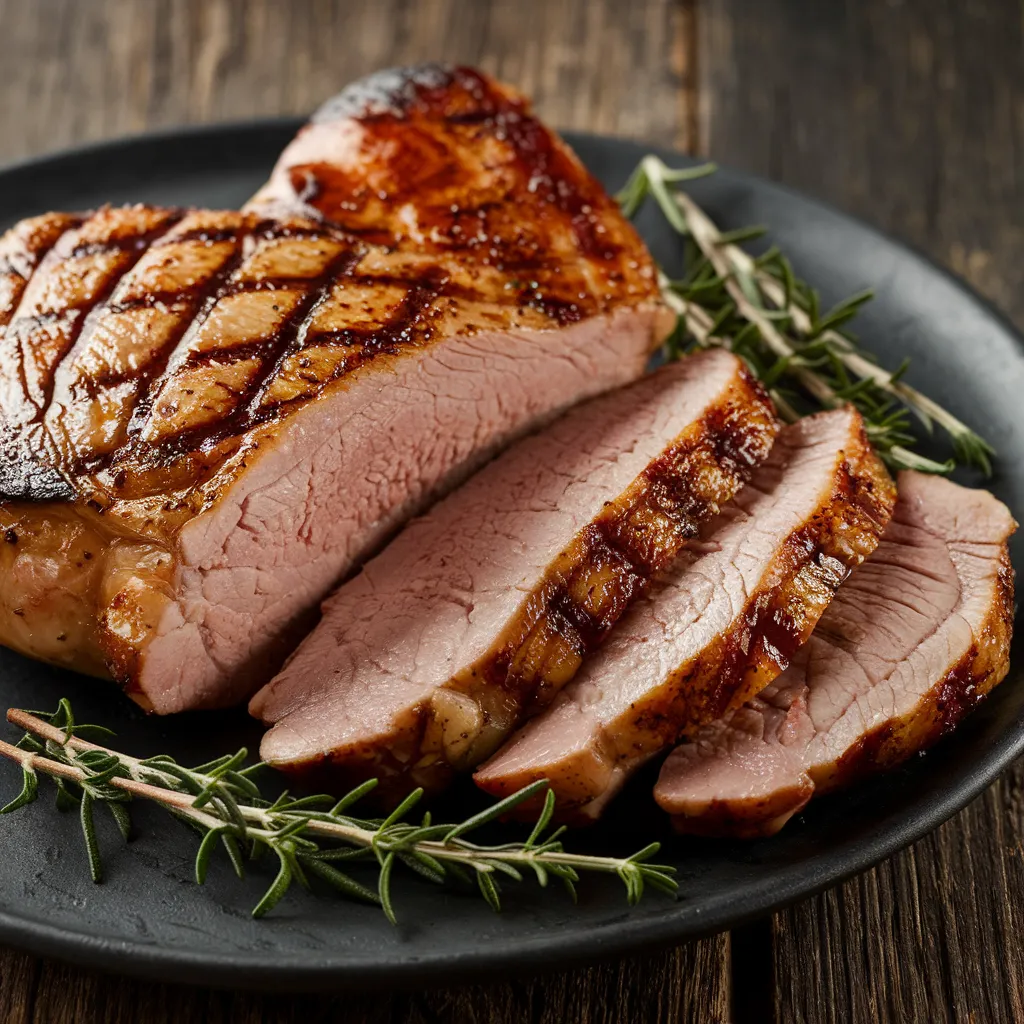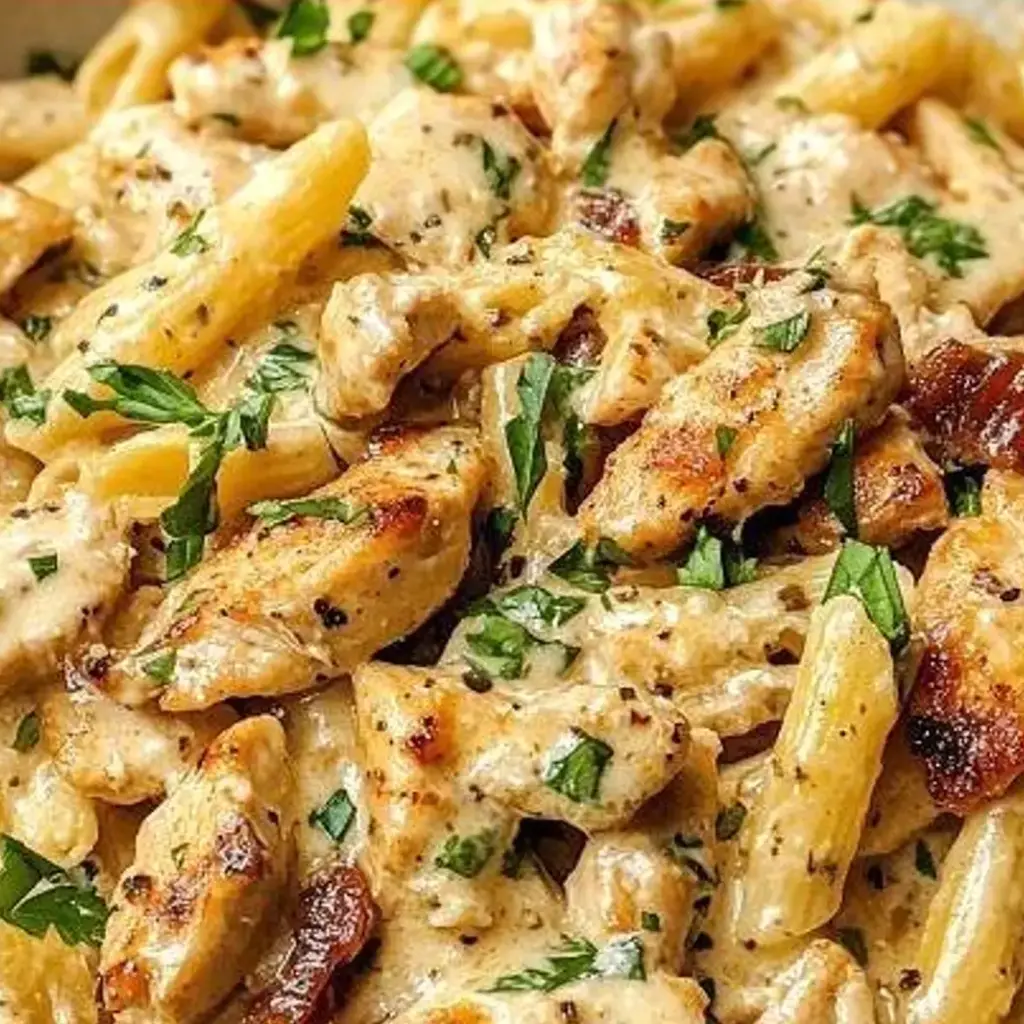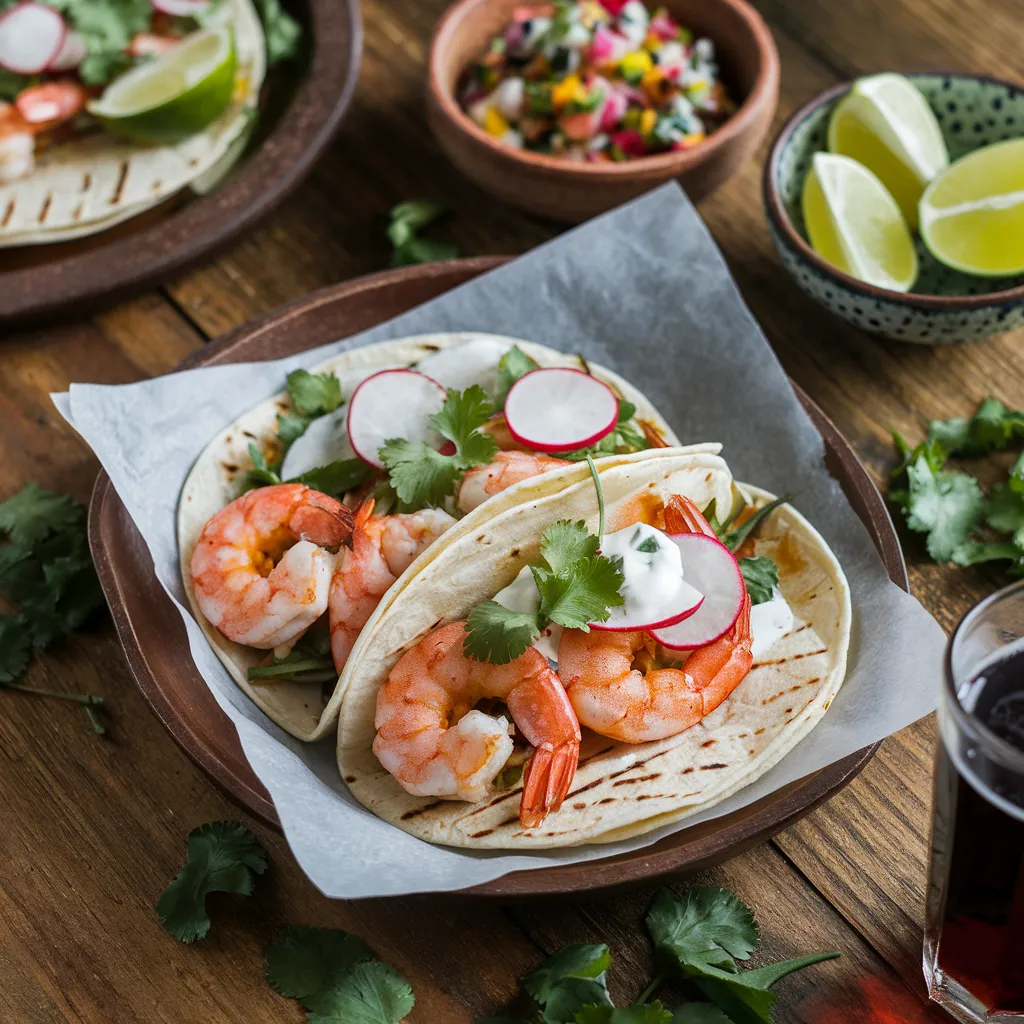Smoked Brisket Recipes
Did you know that among dedicated barbecue enthusiasts, 78% consider brisket the ultimate test of smoking prowess, yet less than 15% feel confident in their ability to successfully execute multiple regional styles? This revealing statistic from the American Barbecue Association’s Annual Survey highlights a fascinating paradox: while smoked brisket stands as the crown jewel of American barbecue, mastering its diverse regional expressions remains elusive for most home pitmasters.
Smoked brisket recipes vary dramatically across America’s barbecue belt, each reflecting unique cultural influences, ingredient availability, and smoking techniques developed over generations. From the pepper-forward simplicity of Central Texas to the sweet-glazed approach of Kansas City, these regional variations offer a world of flavor beyond the one-dimensional “low and slow” approach many home cooks follow.
In this comprehensive guide, we’ll explore five distinctive Smoked Brisket Recipes representing America’s most celebrated barbecue traditions. You’ll discover not just the ingredients and techniques that define each style, but the underlying principles that make each approach uniquely suited to bringing out the best in this challenging cut of meat. Whether you’re a barbecue novice or a seasoned smoker looking to expand your repertoire, these diverse approaches to smoked brisket will transform how you approach this iconic dish.

Ingredients List
Below are the core ingredients for each of the five regional Smoked Brisket Recipes, along with key substitutions where applicable:
1. Central Texas Style
- 1 whole packer brisket (12-14 pounds), USDA Choice or Prime grade
- 2 tablespoons kosher salt (Diamond Crystal recommended; if using Morton’s, reduce by 1/3)
- 2 tablespoons coarsely ground black pepper
- Optional: 1 tablespoon garlic powder
- Post-oak wood for smoking (can substitute with oak or hickory if post-oak is unavailable)
The hallmark of Central Texas brisket is its beautiful simplicity. The coarse black pepper creates the distinctive bark that defines this style, while the minimal seasonings allow the natural beef flavor and smoke to take center stage. The salt performs double duty—enhancing flavor while helping create the prized “bark” exterior during the long smoking process.
2. Kansas City Style
- 1 whole packer brisket (12-14 pounds)
- ¼ cup brown sugar
- 2 tablespoons paprika (use smoked paprika for extra flavor depth)
- 2 tablespoons kosher salt
- 1 tablespoon black pepper
- 1 tablespoon garlic powder
- 1 tablespoon onion powder
- 1 teaspoon cayenne pepper (adjust according to heat preference)
- 1 cup Kansas City-style barbecue sauce (molasses-based)
- Hickory wood for smoking (can substitute with oak or maple)
Kansas City brisket embraces sweetness and complexity with layers of flavor from the sugar-enhanced rub and sweet-tangy sauce. The combination of sweetness, moderate heat, and rich sauce creates a more complex flavor profile than the Texas approach.
3. Carolina-Inspired Style
- 1 whole packer brisket (12-14 pounds)
- 2 tablespoons kosher salt
- 2 tablespoons ground black pepper
- 1 tablespoon paprika
- 1 tablespoon brown sugar
- 1 teaspoon crushed red pepper flakes
- 1 cup apple cider vinegar
- ¼ cup hot sauce (preferably Texas Pete’s)
- 2 tablespoons brown sugar (for the mop sauce)
- 1 tablespoon red pepper flakes (for the mop sauce)
- Hickory and fruit wood blend (apple or cherry) for smoking
While the Carolinas are traditionally pork territory, this brisket adaptation incorporates the signature vinegar-based approach that defines Carolina barbecue. The tangy, spicy mop sauce cuts through the richness of the brisket, creating a bright, complex flavor profile.
4. Memphis Dry Style
- 1 whole packer brisket (12-14 pounds)
- 3 tablespoons paprika
- 2 tablespoons kosher salt
- 2 tablespoons brown sugar
- 1 tablespoon dry mustard
- 1 tablespoon garlic powder
- 1 tablespoon onion powder
- 1 tablespoon black pepper
- 1 teaspoon celery salt
- 1 teaspoon cayenne pepper
- Hickory wood for smoking
Memphis-style barbecue is famous for its “dry” approach, where richly seasoned rubs create a flavorful crust without the need for sauce. This adaptation applies the Memphis philosophy to brisket, creating a complex, well-seasoned exterior that complements the beef’s natural richness.
5. Santa Maria Style
- 1 whole packer brisket (12-14 pounds)
- 2 tablespoons kosher salt
- 1 tablespoon freshly ground black pepper
- 1 tablespoon garlic powder
- 1 tablespoon dried oregano
- 1 teaspoon ground coffee (optional but traditional)
- 1 teaspoon dried rosemary
- ½ teaspoon cayenne pepper
- 2 tablespoons olive oil
- Red oak wood for smoking (if unavailable, use oak with a small amount of mesquite)
This distinctive California style, traditionally used for tri-tip, adapts beautifully to brisket. The herb-forward rub with its subtle coffee undertones creates a unique flavor profile, while the red oak smoke adds a distinctive character unlike any other regional style.
Timing
Each regional Smoked Brisket Recipe follows the same general timing framework, though there are slight variations based on specific techniques:
- Preparation Time: 30 minutes (includes trimming and applying rub)
- Resting Time: Varies by style, from 1 hour (Santa Maria) to overnight (Kansas City)
- Smoking Time: 10-14 hours (approximately 1-1.5 hours per pound)
- Resting Time After Cooking: 1-2 hours (crucial for all styles)
- Total Time: 12-18 hours
This extended timeline reflects the “low and slow” approach necessary for properly breaking down the tough collagen in brisket into rich, gelatin-like goodness. While this represents a significant time investment, approximately 90% is passive cooking time, requiring only occasional attention for temperature management and technique-specific steps.

According to pitmaster statistics, home cooks often try to rush the process, resulting in tough, disappointing results. The patience required for proper brisket is non-negotiable—there are simply no shortcuts to transformative tenderness.
Step-by-Step Instructions
Step 1: Select and Prepare Your Brisket
- Choose a whole packer brisket with good marbling and a flexible, not stiff, texture.
- Trim the fat cap to ¼-inch thickness, removing any hard pieces of fat.
- Remove the silver skin from the flat portion of the brisket.
- If the point and flat sections are unevenly thick, consider separating them for more even cooking (though traditionalists, especially in Texas, cook the brisket whole).
Pro Tip: When selecting your brisket, look for USDA Choice grade at minimum. While Prime offers superior marbling, a properly smoked Choice brisket will deliver excellent results at a more accessible price point. The flexibility test is key—a brisket that bends easily has less connective tissue and will yield more tender results. Smoked brisket recipes
Step 2: Apply the Regional Rub
For Central Texas Style:
- Mix salt and pepper (and optional garlic powder) in a shaker.
- Apply generously to all sides of the brisket, creating an even coating.
- No binder is needed—the natural moisture of the meat will hold the rub.
- Let sit for 1 hour at room temperature before smoking.
For Kansas City Style:
- Combine all dry rub ingredients thoroughly.
- Apply a light coating of yellow mustard as a binder.
- Apply rub generously to all sides, pressing gently to adhere.
- Wrap tightly in plastic wrap and refrigerate overnight for maximum flavor penetration.
For Carolina-Inspired Style:
- Combine dry rub ingredients.
- Apply rub generously to all sides of the brisket.
- Prepare the vinegar mop sauce by combining apple cider vinegar, hot sauce, brown sugar, and red pepper flakes.
- Let the brisket sit for 2 hours at room temperature before smoking.
For Memphis Dry Style:
- Combine all dry rub ingredients thoroughly.
- Apply a thin layer of yellow mustard as a binder.
- Apply rub generously, creating a thick coating on all sides.
- Let sit for 2-3 hours at room temperature before smoking.
For Santa Maria Style:
- Combine all dry rub ingredients.
- Brush the brisket lightly with olive oil.
- Apply rub evenly to all sides, pressing gently to adhere.
- Let sit for 1 hour at room temperature before smoking.
Pro Tip: While most styles benefit from a rest period after applying the rub, the Central Texas approach traditionally goes straight to the smoker after seasoning. The simplicity of salt and pepper allows for faster flavor penetration compared to more complex rubs.
Step 3: Prepare Your Smoker
- Preheat your smoker to the target temperature based on regional style:
- Central Texas: 250°F (121°C)
- Kansas City: 225°F (107°C)
- Carolina: 225°F (107°C)
- Memphis: 225°F (107°C)
- Santa Maria: 275°F (135°C)
- Add the specified wood for each style, creating clean smoke before adding the meat.
- Place a water pan in the smoker if using an offset or bullet-style smoker.
- Ensure you have enough fuel for the entire cooking session.
Pro Tip: Different smoker types require different management techniques. Offset smokers need regular fire management, while pellet smokers provide more consistent temperatures but may deliver less intense smoke flavor. Regardless of your equipment, the key is maintaining a steady temperature and clean, blue smoke rather than thick white smoke, which creates bitter flavors. Smoked brisket recipes
Step 4: Smoke According to Regional Method
Central Texas Method:
- Place brisket fat-side up in the smoker.
- Smoke at 250°F until the internal temperature reaches 165°F (about 6-8 hours).
- Wrap tightly in butcher paper (not foil, which is considered non-traditional).
- Continue smoking until the internal temperature reaches 203°F and the probe slides in with no resistance (about 4-6 more hours).
- No spritzing or mopping is done in authentic Central Texas style.
Kansas City Method:
- Place brisket fat-side down in the smoker.
- Smoke at 225°F, spritzing with apple juice every hour after the first 3 hours.
- When internal temperature reaches 165°F (about 8 hours), wrap tightly in foil with ½ cup of beef broth.
- Continue smoking until internal temperature reaches 203°F (about 4 more hours).
- During the last 30 minutes, unwrap and brush with Kansas City barbecue sauce, then return to the smoker to set the glaze.
Carolina-Inspired Method:
- Place brisket fat-side up in the smoker.
- Smoke at 225°F, applying the vinegar mop sauce every hour with a mop or spray bottle.
- Do not wrap the brisket—the Carolina style embraces a more pronounced bark.
- Continue smoking until internal temperature reaches 195-203°F (about 10-12 hours total).
- The frequent mopping creates a distinctive tangy exterior unique to this style.
Memphis Dry Style Method:
- Place brisket fat-side down in the smoker.
- Smoke at 225°F, spritzing with apple cider vinegar every hour after the first 3 hours.
- When internal temperature reaches 165°F, wrap tightly in foil.
- Continue smoking until internal temperature reaches 203°F.
- Remove from foil and apply an additional coating of dry rub before serving—this final application is the signature element of Memphis-style barbecue.
Santa Maria Style Method:
- Place brisket fat-side up in the smoker.
- Smoke at a higher temperature of 275°F, which is traditional to this style.
- Spritz with a 50/50 mixture of red wine vinegar and water every hour.
- Do not wrap the brisket—the Santa Maria style emphasizes a robust bark.
- Smoke until internal temperature reaches 200-205°F (about 8-10 hours total due to higher cooking temperature).
Pro Tip: The wrapping step (or lack thereof) significantly impacts the final texture and bark development. Texas-style butcher paper allows some moisture release while protecting the meat, foil creates a more tender product with less pronounced bark, and unwrapped (as in Carolina and Santa Maria styles) develops the most robust exterior texture. Smoked brisket recipes
Step 5: Rest the Brisket
- Regardless of style, all briskets benefit from a proper rest after cooking.
- Remove the brisket from the smoker when it reaches the target temperature and passes the “probe test” (the probe should slide in with minimal resistance).
- If wrapped, keep it wrapped; if unwrapped, wrap loosely in butcher paper or foil.
- Place in a cooler (without ice) or a low oven (150°F/65°C) for 1-2 hours.
- This resting period allows juices to redistribute and the meat to fully tenderize.
Pro Tip: The resting phase is non-negotiable for all regional styles. According to competition pitmasters, a properly rested brisket can retain up to 20% more moisture than one sliced immediately after cooking. Some Texas pitmasters rest their briskets for up to 4 hours for optimal results. Smoked brisket recipes
Step 6: Slice According to Regional Tradition
Central Texas Style:
- Separate the point and flat sections.
- Slice the flat against the grain at pencil thickness.
- Either cube the point for burnt ends or slice it against its grain (which runs perpendicular to the flat).
- Serve without sauce.
Kansas City Style:
- Separate the point and flat sections.
- Slice the flat against the grain at slightly thicker than Texas style.
- Cube the point section into 1-inch pieces, toss with additional barbecue sauce, and return to the smoker for 30 minutes to create burnt ends.
- Serve with additional warm barbecue sauce on the side.
Carolina-Inspired Style:
- Slice the entire brisket slightly thicker than Texas style.
- Serve with the remaining vinegar sauce for dipping.
- Traditional accompaniments include coleslaw and hushpuppies.
Memphis Dry Style:
- Separate the point and flat sections.
- Slice against the grain at medium thickness.
- Apply one final dusting of dry rub just before serving.
- Serve without sauce, as the dry rub provides the flavor.
Santa Maria Style:
- Slice the brisket against the grain at medium thickness.
- Traditionally served with pinquito beans, fresh salsa, and grilled bread.
- No sauce is applied; the herb rub and smoke create the complete flavor profile.
Pro Tip: Proper slicing is crucial for all regional styles. Always slice against the grain, which shortens the muscle fibers and results in a more tender bite. The thickness of the slice also impacts perceived tenderness—thinner slices are better for Texas style, while thicker slices work for the sauced Kansas City version. Smoked brisket recipes
Step 7: Serve with Regional-Appropriate Sides
Each regional Smoked Brisket Recipe has traditional side dishes that complement its specific flavor profile:
Central Texas:
- Sliced white bread
- Pickles and raw onions
- Pinto beans
- Simple potato salad
Kansas City:
- Sweet and tangy baked beans
- Creamy coleslaw
- Cheesy corn
Smoked brisket recipes














Recent Comments